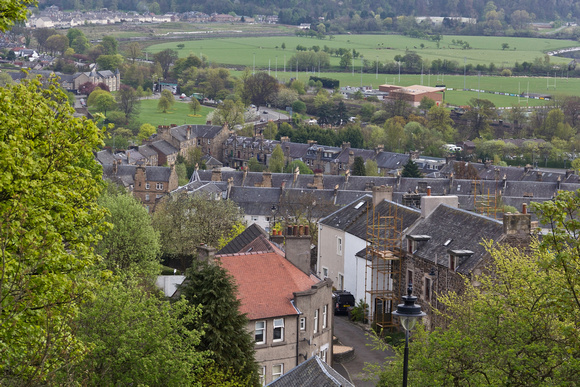Category:
Subcategory:
Subcategory Detail:
Keywords:Action, Building, Buildings, Castle, Grass, Great Britain, Green, Green Color, Greenery, Heritage, Heritage monument, Heritage structure, Historical Monument, Historical Structure, History, Homes, Landscape, Meadow, Meadows, Monument, Overhead view, Royal Building, Royal Castle, Scenery, Scotland, Stirling, Stirling Castle, Tree, Trees, United Kingdom, View from overhead, europe, home


